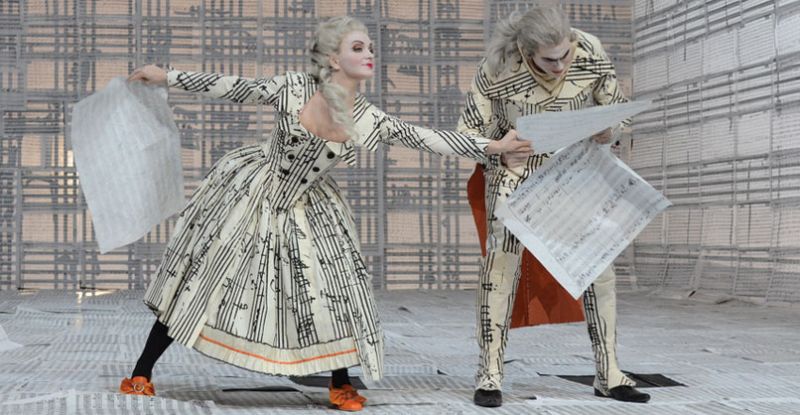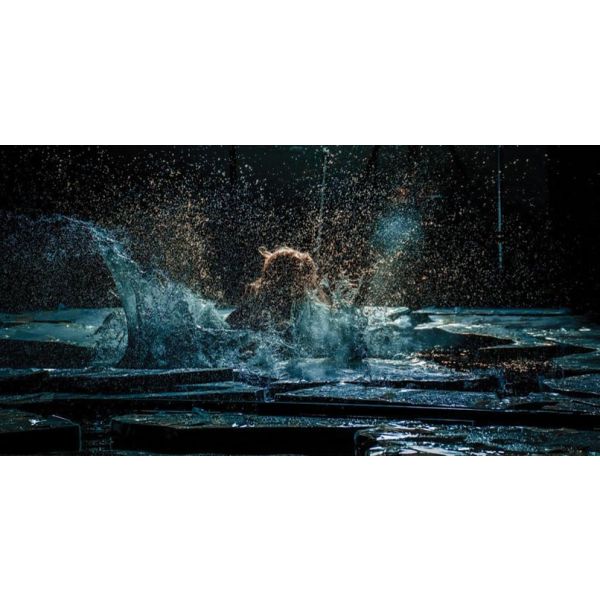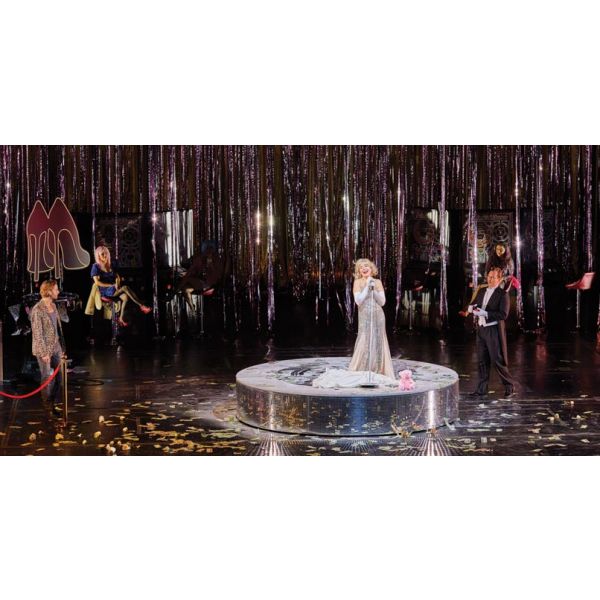During their frequent journeys to Venice, the merchants of Hamburg had many a chance to note the success of Europe's first public opera, opened in 1637. In 1678, some of these rich bourgeois thus founded, on the Geese Market, a permanent opera. It was the first in Germany, a fact of which the Hamburgers were very proud. Driven by a strong sense of nationalism that preferred to blatently ignore French and Italian opera, as well as a shrewd business acumen, Hamburg's Opern-Theatrum specialized in defending the German lyrical repertoire, ins-pite of the clergy's prostests and heated debates that reached as far as the University of Iena. In 1738, the hall went bankrupt, ruined by the public's renewed interest in Italian opera. A new building was constructed in 1765, billing both theatre and lyrical works.
It was not before 1827 that the location of the actual Staatsoper became that of an opera house. At first, the German Weber, the Italian Rossini, and the Frenchman Auber shared the billing, before Wagner and Verdi (performed here as of 1845, for the first time in Germany) became the house's undisputed stars. Gustav Mahler was appointed at the Opera's head in 1891. Under his direction, the opera freshened up its rather conventional programming (and became equipped with electricity). Mahler hired the young Bruno Walter as coach, before another of his proteges, Otto Klemperer, took over the musical direction of the institution in 1910.
Greatly affected by the financial crisis that followed the First World War, and partially destroyed during the Second, the Opera opened in 1946 with difficulty, performing in front of 600 spectators seated around what remained of the stage. But the company, that included names such as Hans Hotter, Martha Modi, Hermann Prey, Elisabeth Grümmer, and Astrid Varnay, rapidely acquired an international reputation.












